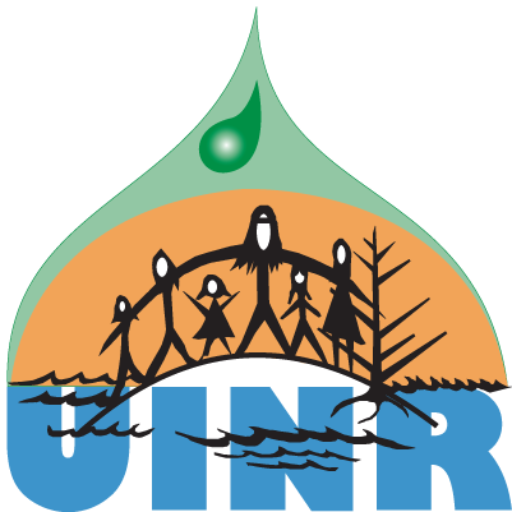Bringing back an ancient tradition

As Mi’kmaq people become more involved in issues of moose management, benefits of harvesting moose can be looked at in creative, sustainable ways.
We now recognize the need to use all parts of the moose to maximize the benefits of our relationship with this very valuable resource. Not only do moose provide a fresh supply of meat, but historically Mi’kmaq people depended on moose for a number of survival needs. While the highly-prized moose hides were used for clothing, shelter, and drum making, some skins were used to make boats. Hooves were used as rattles, and the high density shin bones were carved and sharpened as spear tips.
To bring some of that ancient knowledge back to Mi’kmaq communities, the Moose Working Group held a Moose Hide Preparation Workshop from 2–12 October. Two elders from the Ojibway and Cree Nations provided much needed instruction on naturally tanning moose hides. Walter and Doris Bonaise showed how to smoke and sun dry moose meat and prepare pemmican. Ceremonies to honour the ancient relationship between moose and the Mi’kmaq were explored to ensure a spiritual component is part of the harvest and utilization of all parts of the moose.
Department of Indian Affairs, Kwilmu’kw Maw-Klusuaqn (Mi’kmaq Rights Initiative), and the Office of Aboriginal Affairs contributed to the project. The workshop provided training for participants from the Unama’ki communities. This is the first phase of a larger plan to increase the capacity of our communities to the proper use of all parts of a moose.
“We have observed that the majority of moose hides from native and non-native hunts are discarded and not considered a useful commodity by harvesters,” UINR Moose Management Initiative Coordinator Clifford Paul notes “This workshop served as a catalyst to bring back the traditions employed by the Mi’kmaq in earlier times. UINR wants to re-learn and teach its community members how to fully use the moose in a traditional manner while strengthening our cultural skills and values.
clifford@uinr.ca
